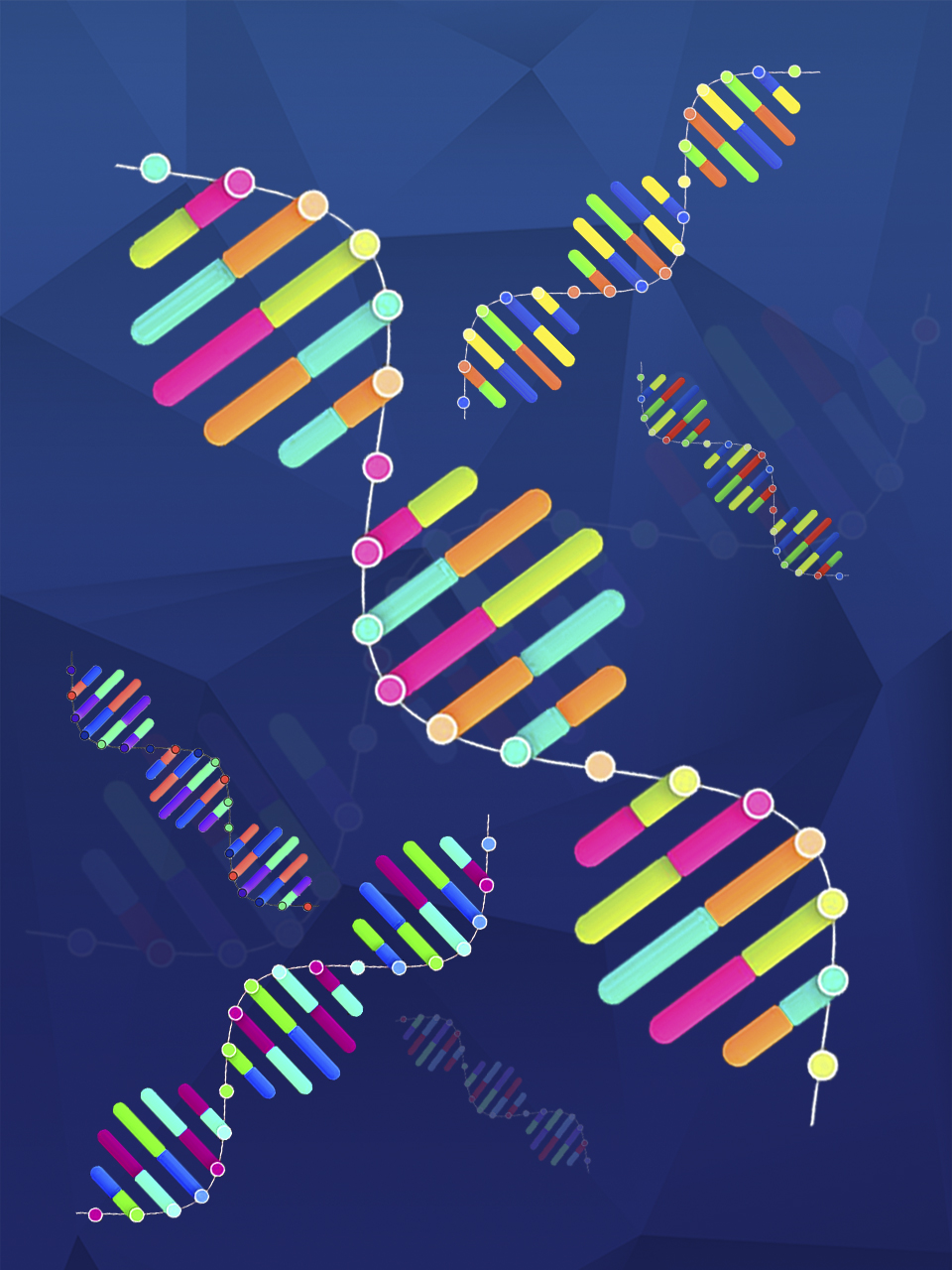Aggregated News

Thousands of miles from home in the steamy Amazon rainforest in the mid-1800s, the British naturalist Henry Walter Bates had a problem. More than one, really: There were thumb-size biting insects, the ever-present threat of malaria, venomous snakes, and mold and mildew that threatened to overtake his precious specimens before they could be shipped back to England. But the nagging scientific problem that bothered him involved butterflies.
Bates had noticed that some of the brightly colored Heliconius butterflies in the forest didn’t flit about like the rest; they moved more slowly. When he captured them and examined them under his makeshift microscope, he discovered that they weren’t really Heliconius at all, but astonishing look-alikes.
By the time Bates’s discovery reached the scientific cognoscenti in England, Charles Darwin’s then-new proposal of natural selection could explain why this brilliant mimicry occurred. Birds and other predators avoid Heliconius butterflies because they are toxic to eat, with a bitter taste. The mimics were not toxic, but because they looked so much like the foul-tasting Heliconius, they were less likely to be eaten. The closer...



